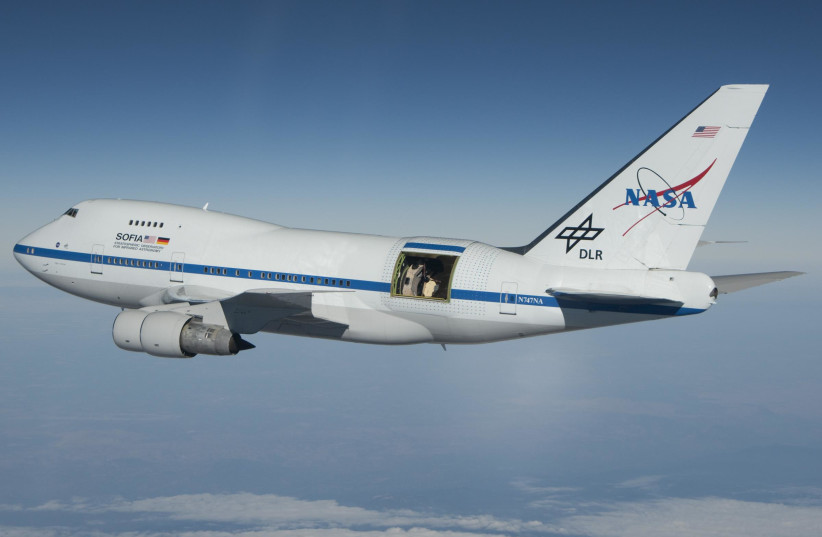Researchers from Northwestern University discovered a newborn star by examining the magnetic field of a star-forming cloud called a stellar nursery, according to a non-peer-reviewed study published in arXiv.
According to the university, when clouds of gas and dust collapse and form stars, they shoot out stellar material at high speeds. The cloud has a magnetic field that is usually parallel to these eruptions.
The researchers, led by Erin Cox of Northwestern, were using NASA's Stratospheric Observatory for Infrared Astronomy (SOFIA) to observe cloud L483 when they noticed that its magnetic field was at a 45-degree angle, not parallel, relative to the stellar outflows.
Cox thinks that this is because there may be a twin star hidden within the cloud. The researchers used SOFIA and found that indeed, a newborn star was forming. However, using radio telescopes at the Atacama Large Millimeter/submillimeter Array (ALMA) in Chile, they found another star in the same stellar envelope.
“These stars are still young and still forming,” she said, according to the university. “The stellar envelope is what supplies the material to form the stars. It’s similar to rolling a snowball in snow to make it bigger and bigger. The young stars are ‘rolling’ in material to build up mass.”

Binary system
“There is newer work that suggests it’s possible to have two stars form faraway from each other, and then one star moves in closer to form a binary.”
Erin Cox, Northwestern University
The two stars are a binary system, which may be formed when stellar nurseries are large enough to form two stars or when the disc surrounding a new star collapses, forming a second star.
However, Cox believes it may be possible that the stars observed by the team may have formed far away from each other and then one moved to the other's location.
“There is newer work that suggests it’s possible to have two stars form far away from each other, and then one star moves in closer to form a binary,” she said. "We think that’s what is happening here. We don’t know why one star would move toward another one, but we think the moving star shifted the dynamics of the system to twist the magnetic field.”
The findings shed new light on the formation of stars in binary systems and the effects of magnetic fields on their early development, the university noted.
